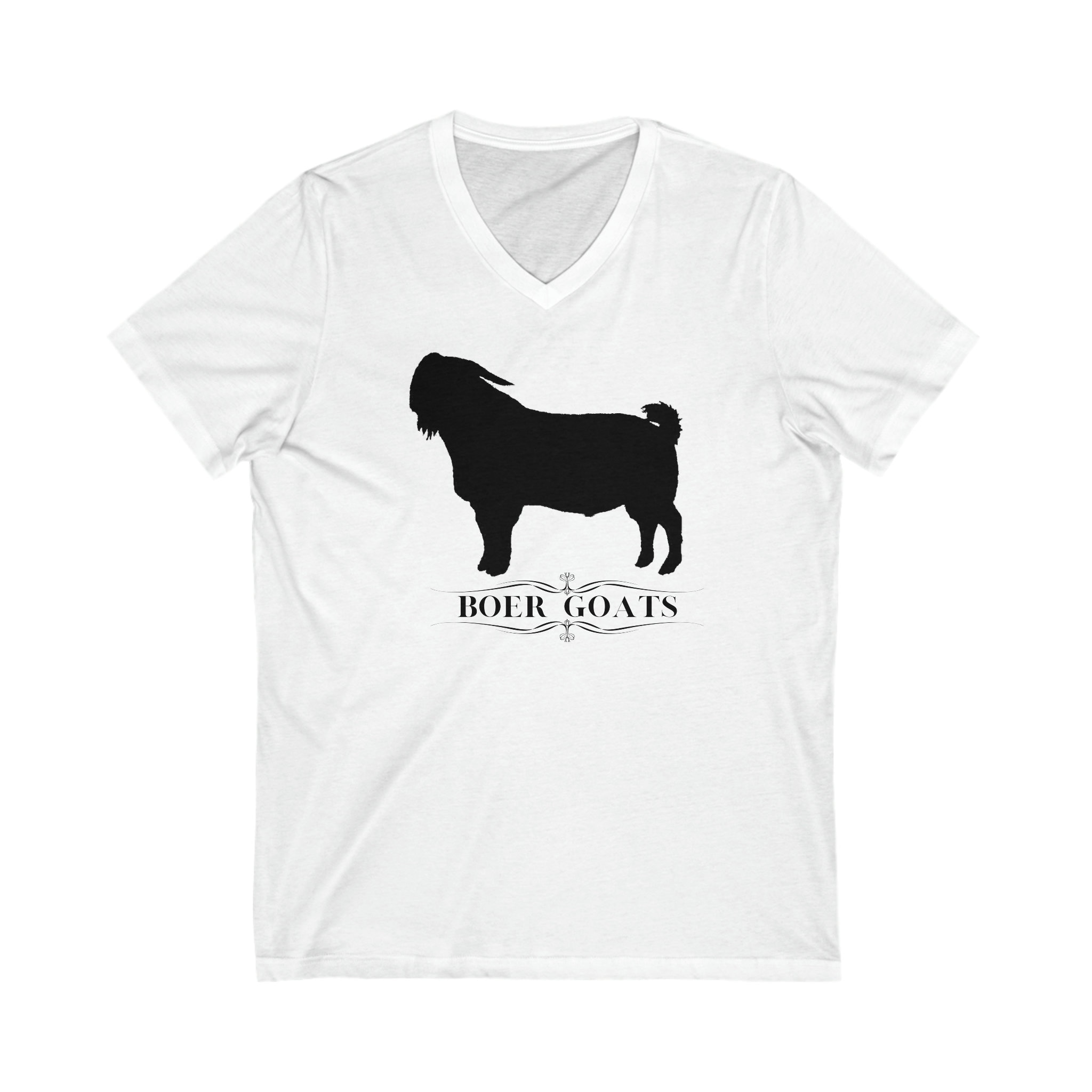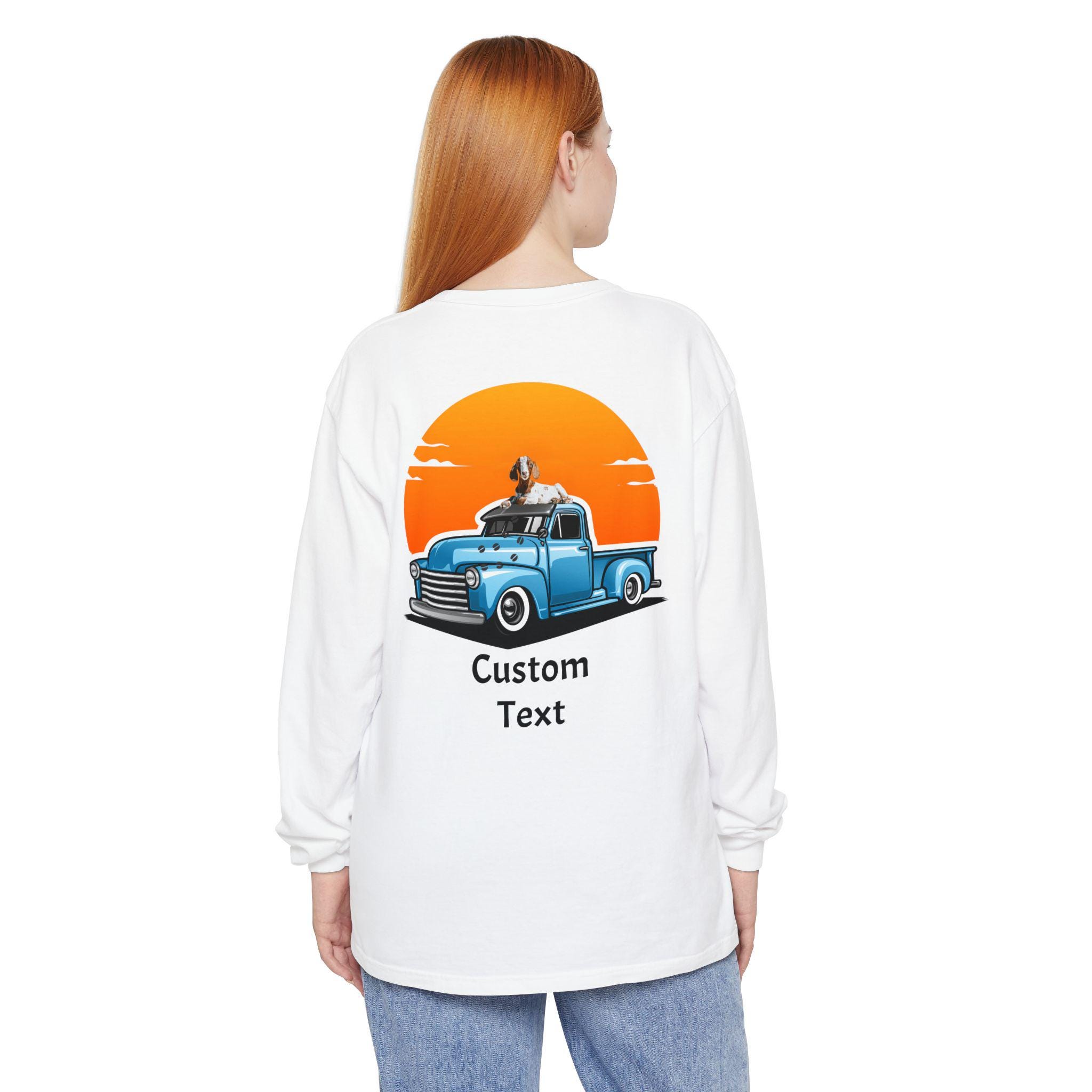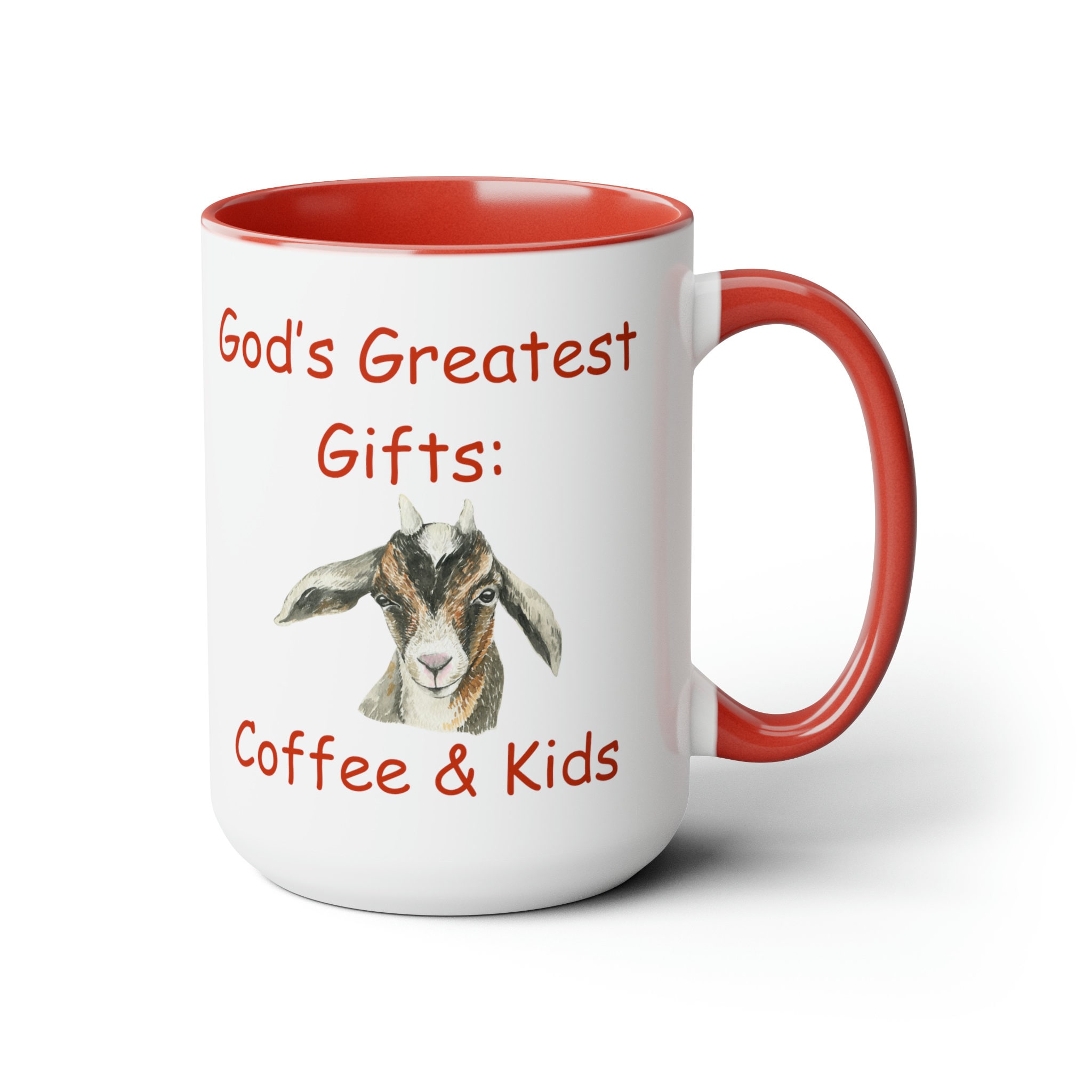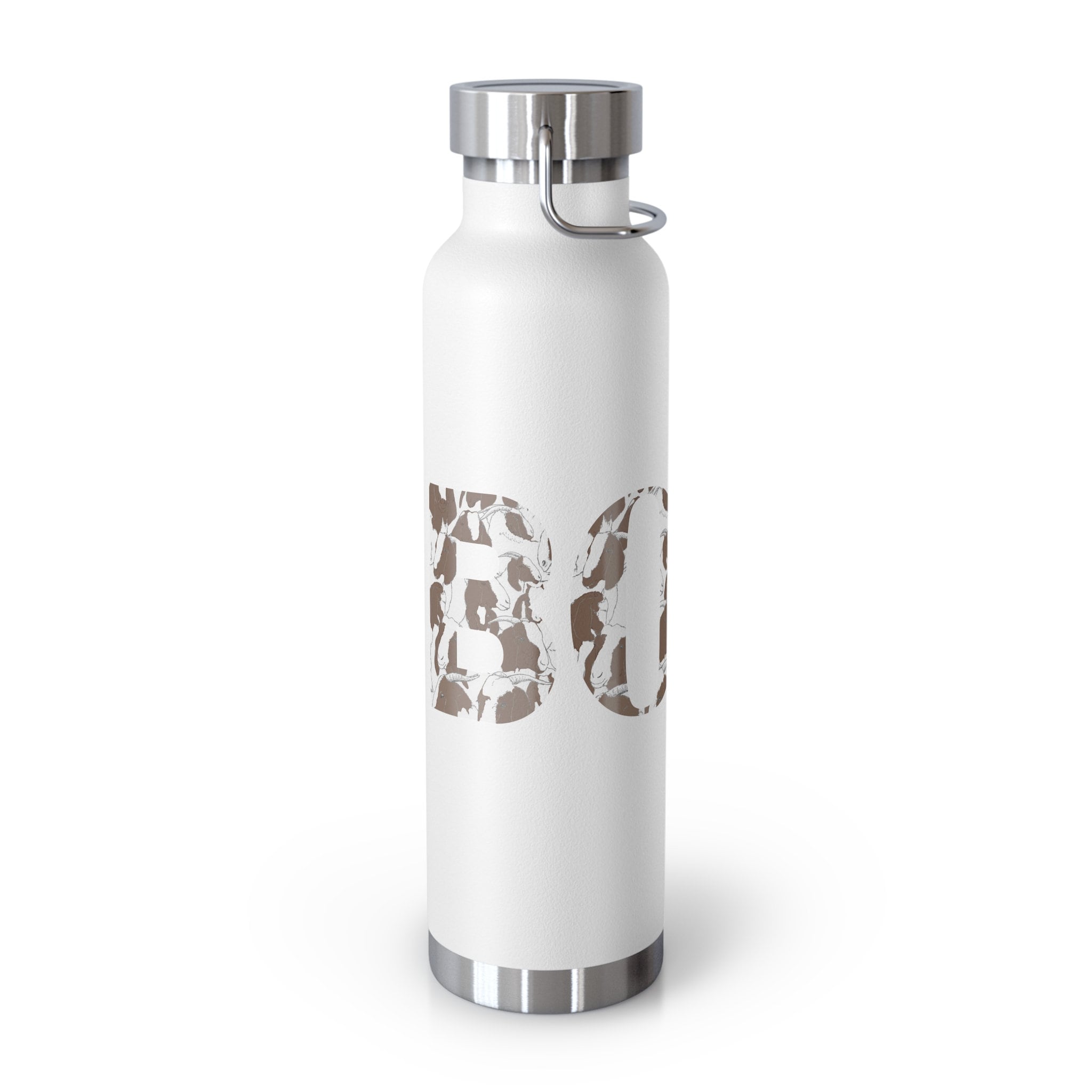Articles about Boer and Meat Goats
Artificial Insemination for Goats There are many excellent reasons to learn to AI. For one thing, an AI tank doesn’t tear down your fences and smell up your living room! Here is a short lesson in the art of Artificial Insemination. |
|
How to draw blood, prepare it, and where to send it, to test your goats for CAE, CL, Johne's, etc. Blood testing is an easy way to check your herd for most diseases. You can either take your animals to the veterinarian to have the blood drawn, or learn to do it yourself. |
|
What is a Boer Goat, where do they come from and why should you raise them? The Boer goat was developed in South Africa as a breed meant solely for meat production. The term "Boer" refers to the descendants of the Dutch immigrants, or Boers, most of them farmers, who settled the country; thus, "Boer" goat simply means "farmer's" goat. |
|
The very first and most important thing I tell people is "Don't buy at the auctions and sale yards!" No matter what you are going to do with your stock, a healthy goat will grow and produce better than a sick animal. It has been my experience that auctions are a good place to get rid of problem animals, and a perfect place to acquire someone else's problems. |
Cae: What does it Mean to You? Learn what CAE is and what it can do to your goats. CAE or CAEV (Caprine arthritis-encephalitis virus) is a common disease of goats that is prevalent worldwide. In the United States, prevalence as high as 81% has been reported for goat herds. |
|
What is CL, what is not CL, and how do you diagnose it? Caseous Lymphadenitis is a chronic bacterial infection that causes external and internal lumps in sheep and goats. It is caused by a bacteria, Corynebacterium Pseudotuberculosis, which enters the body through a wound in the skin causing an infection and a slow growing, firm abscess. This infection may also travel to the regional lymph nodes causing a localized abscess there. |
Getting Started with Fencing and Housing for Meat Goats Having ‘facilities’ means having an appropriate place to put your goats once you get them home. So many times we buy our animals without really giving enough thought to what we are going to do with them when they get off the truck. Goats, however, are not the type of animal that will stay where you put them without some planning on your part. |
|
One of the most frequently asked questions is, “When do I breed my does?” First of all, the doe must be big enough to breed. This means at least 70 to 80 pounds, and over 7 months old. |
Health Care 101 for a Goat Ranch Health care is a vital issue for all ranchers. Disease has been described as "an absence of health", but when your animals are sick it seems more like the "plague of locusts". There is nothing more frustrating than standing by and watching your investment dwindle and die as your veterinarian bills sky-rocket! |
How To Choose Good Meat Goat Stock When selecting meat goats, several criteria should be considered: conformation (structural correctness), general appearance (size, depth and width of body, and muscling), health, and condition. I will try to explain each area to you, at least briefly, so you can begin to judge your goats for yourself. |
How To Feed Goats for Production Goats will find nutrition in places that cattle cannot. That is because a goat will sample everything. They will eat the trees, the weeds, the sagebrush, the grass, and even the fence posts. However, the nutrition has to be there for them to find. |
|
Learn the right way to trim hooves. Including detailed drawings. Hoof Trimming is an acquired skill that takes quite a bit of practice to perfect. The tools you will need include a good pair of hoof shears. Do not try to save money on this particular tool. My favorite is called a "sheep foot rot shear". Hoof trimming shears are available in any animal supply house and come in many shapes and designs. |
|
The normal gestation time for goats is 145 to 155 days. Most goats will kid between 149 and 151 days. The last month or two before your doe is due, you should raise the sugar content of her feed a little to avoid pregnancy toxemia and to help her kids to grow to their full potential. |
Meat Goats as Companion Livestock Can you raise meat goats with cattle or sheep? Studies show that the goat meat industry is the fastest growing livestock industry in the United States. The main reason is that the goat meat industry is not looking for someone who is willing to try an unknown meat for the novelty of it, as the buffalo and ostrich breeders have been. |
Plants Poisonous to Livestock List It is unusual for goats to become poisoned by eating hazardous plants, because goats are browsers; they eat a bite of this and then a bite of that. If something bothers them, they normally just don’t go back to it. However, if a goat is hungry, or inexperienced, it can poison itself by being a glutton. |
|
Find out where Boer Goats came from and who bred them first. Boer goats come to us from South Africa. The earliest recorded goats in Africa were brought to western Uganda by the Black Nations as early as AD 1200. Boer goats were developed in Southern Africa by breeding these indigenous stock to European imports. The point, of course, was to have a hardy, very adaptable, meat animal that could survive the varied conditions of the African landscape while still maintaining a high birth rate, high survival rate, and a marketable meat carcass. |
|
Exactly what is a Boer Goat and what makes them different than ordinary goats? |
What is a Genetic Flaw in a Meat goat? It is also said that it takes three generations to breed out a trait. That would only be true if the trait is not carried as a recessive gene in each generation, in one or the other parent. In other words, it can be difficult to completely remove an undesirable trait from your herd, once you have it. |
|
Why are so many people raising meat goats and can they work for you? Boer goats are large framed animals resembling, in many ways, the Nubian goat. The most obvious difference is the size. A Boer is a large, double muscled animal. Boers are specifically meat goats. They can consistently produce more muscling in less time, and will pass this capability to their kids. Boers are to the meat goat industry what imported cattle were to the beef industry. Boers goats were developed in South Africa for their meat, hardiness and brush control abilities. |











